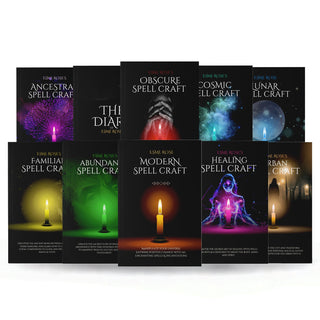Lughnasadh, also known as Lammas, is a traditional harvest festival celebrated on the 1st of August. It marks the beginning of the harvest season, paying tribute to the bounty of the earth and the hard work that goes into nurturing and gathering its produce. In this blog, we will explore the history and origins of Lughnasadh, its significance, and how to celebrate this time of gratitude and abundance.
The Origins of Lughnasadh
Ancient Celtic Festival
Lughnasadh is named after the Celtic god Lugh, associated with the sun and skilled arts. It was traditionally a time of games and athletic contests, in honor of Lugh’s foster mother, Tailtiu, who died of exhaustion after clearing the plains of Ireland for agriculture.
Agricultural Significance
This festival marked the beginning of the harvest season, particularly the wheat and barley harvests. It was a time of both celebration and hard work, as communities gathered to bring in the first crops and prepare for the winter months.
When to Celebrate Lughnasadh
Date of Celebration
Lughnasadh is traditionally celebrated on August 1st. It is the first of the three harvest festivals in the Wheel of the Year, followed by Mabon (the Autumn Equinox) and Samhain.
Traditional Lughnasadh Celebrations
Harvest Rituals
Early Lughnasadh celebrations involved ceremonial cutting of the first grain. The grain was then used to bake a loaf of bread, symbolizing the harvest’s bounty. This bread was often used in rituals, as an offering to deities or spirits of the land.
Games and Competitions
Sporting contests, horse races, and games were a significant part of early Lughnasadh festivals, celebrating strength, skill, and community spirit.
Handfasting Ceremonies
Lughnasadh was also a popular time for handfasting ceremonies, a form of temporary marriage that would last a year and a day.
Modern Ways to Celebrate Lughnasadh
Baking and Cooking
One of the simplest ways to celebrate Lughnasadh is by baking bread or preparing dishes with seasonal produce. Sharing this food with family and friends brings the spirit of the harvest into your home.
Gratitude and Reflection
Use this time to reflect on the fruits of your labor, both literally and metaphorically. Consider the goals you have achieved and the progress you have made since the beginning of the year.
Nature Walks and Foraging
Taking a walk in nature and foraging for seasonal fruits and herbs can be a way to connect physically with the essence of Lughnasadh.
Altar Decorations
Decorate your altar or sacred space with symbols of the harvest – grains, corn dollies, seasonal fruits, and flowers. This can help align your home with the energy of the season.
Conclusion
Lughnasadh (Lammas) is a celebration of the first harvest, gratitude, and the fruitful abundance of the earth. It's a time to recognize the interconnectedness of all life and the cycles of nature. Whether you celebrate with baking, feasting, or quiet reflection, Lughnasadh offers an opportunity to pause and appreciate the bounty that surrounds us, setting the tone for the coming autumn season.










